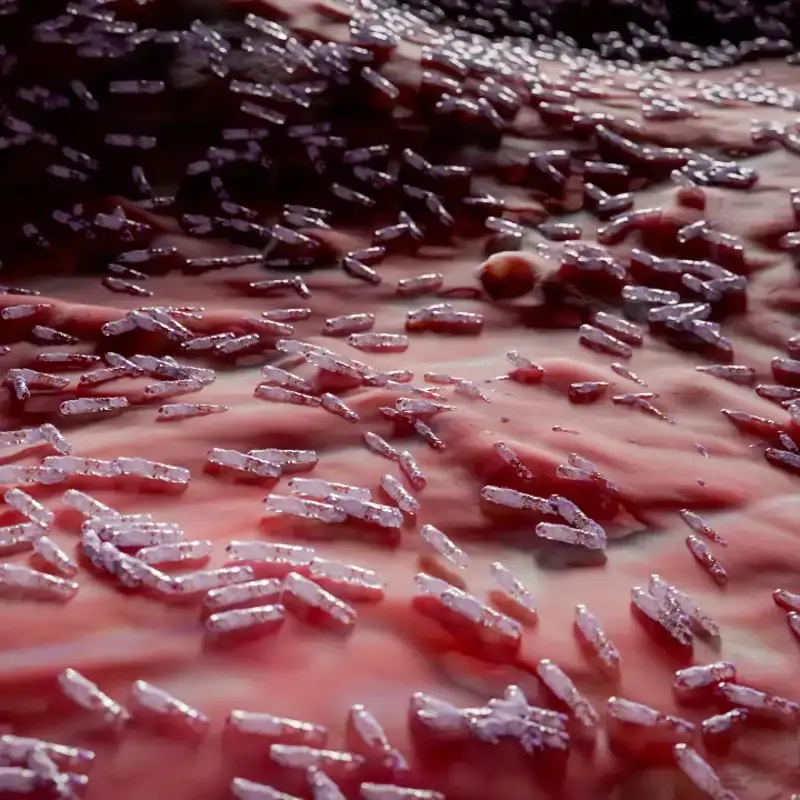
Alarming Health Warning: Experts Say the U.S. Faces Growing Threat from Bird Flu — “We Must Prepare Now”
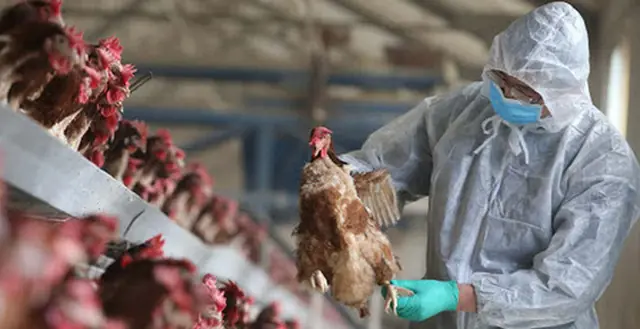
As bird flu spreads rapidly across U.S. farms, health experts are raising the alarm: America could be on the brink of another public health crisis.
A dangerous strain of avian influenza — H5N1 — has now affected over 1,000 dairy herds and infected more than 70 people, including the first confirmed U.S. death earlier this year. Scientists say the virus is evolving and gaining ground, and the country must act fast to avoid a potential epidemic.
🦠 A Virus on the Move — and Getting Stronger
Since 2022, H5N1 has led to the death or culling of more than 168 million poultry, contributing to nationwide egg price spikes and growing food security concerns.
But the real threat, experts warn, lies in the virus’s ability to mutate and spread.
When two different viruses infect the same host, they can exchange genetic material, creating new versions that may be more dangerous. While human-to-human transmission hasn't been confirmed, scientists say the virus is getting dangerously close.
🔬 Top Virologists Sound the Alarm
The Global Virus Network (GVN) is now calling for immediate, coordinated action. Their key concerns include:
-
Weak surveillance systems in agricultural zones
-
Insufficient protective equipment for farm workers
-
The risk of mutation and reassortment in cows and other mammals
-
A clear lack of preparedness at the federal level
“We need to strengthen surveillance and educate the public about the risks of handling infected animals,” says Dr. Peter Palese, director at GVN and a global leader in influenza research.
Dr. Ab Osterhaus, another leading virologist, echoed the urgency:
“The growing spread of H5N1 among mammals is concerning. We must understand and interrupt transmission in cattle—through herd management and possibly vaccination.”
🧪 Vaccine Uncertainty & Policy Gaps
While the U.S. does have a stockpile of 20 million bird flu vaccine doses, recent reports suggest that Moderna’s $590M contract to produce an H5N1 vaccine could be revoked.
Meanwhile, the Office of Pandemic Preparedness and Response (OPPR) — created after COVID-19 — has reportedly been underfunded and understaffed under the current administration.
Even more concerning, testing of cattle and farmworkers was voluntary until late 2024.
As of now, only cattle crossing state lines are subject to mandatory testing, leaving significant gaps in containment efforts.
🧍♂️ Human Cases Are Rising — But So Is Confusion
Since March 2024, over 70 human cases have been confirmed across 14 states — the highest number in at least two decades. Most were mild, involving farmworkers in close contact with infected poultry or dairy cows.
But some cases remain mysterious — like a toddler in California and an adult in Missouri who had no known exposure. And tragically, the first U.S. death occurred in January in Louisiana, where an elderly man died after coming into contact with sick birds from a backyard flock.
Genetic sequencing of the virus from that case revealed mutations inside the patient’s body, raising concerns that the virus is learning how to become more deadly in humans.
🐖 Pigs, Wildlife, and Raw Milk — New Frontiers of Spread
What’s especially worrying is that H5N1 has also been found in pigs — animals that can harbor flu viruses from both birds and humans. These “mixing vessels” could be ground zero for a new, hybrid strain.
The virus has also appeared in more than 400 wild animals, including raccoons, skunks, foxes, and seals, likely infected by eating contaminated bird carcasses.
To add to the risk, the virus has been detected in raw, unpasteurized milk. The USDA now requires raw milk producers to submit samples upon request, as contaminated dairy may pose yet another route of transmission.
📊 Nationwide Spread: Surveillance Is Falling Short
As of now, the virus has spread to:
-
1,031 dairy herds in 17 states
-
Over 12,875 poultry and wild flocks
-
Detected in wastewater samples in at least 60 sites, with 80% positivity rates in Iowa and California
This widespread circulation has led public health experts and World Health Organization officials to criticize the U.S. response, describing it as an outbreak “unfolding in slow motion.”
💉 Is There Any Good News?
Yes — but it requires swift action:
-
The U.S. has enough vaccines to cover 20 million people, with the ability to scale to 100 million more if needed.
-
Antivirals like oseltamivir (Tamiflu) are effective and already in use.
-
Experimental vaccines for poultry are under development.
-
Human antivirals have shown promise in treating infected cows, offering a potential tool to contain livestock spread.
🔚 Bottom Line: Prepare Now — Or Risk a Repeat of 2020
While H5N1 has not yet evolved into a pandemic, the signs are deeply troubling.
Its rapid spread, mutation capability, and growing presence across species make it one of the most dangerous viral threats of our time.
“This virus might not go pandemic,” says Dr. Marc Johnson, a virologist at the University of Missouri, “but it is really trying hard — and it’s getting a lot of opportunities.”
The time to act is now — with stronger surveillance, public education, herd protection, and vaccine readiness.
Because if we wait until it’s already here, it will be too late.
News in the same category


Jon Bon Jovi reveals how his 36-year marriage to childhood sweetheart Dorothea has stood the test of time

The Truth Behind ‘Durex’: What Its Name Actually Stands For Has Left People Stunned

Stunning Video Reveals Why Your Brain ‘Blinds’ You for Two Hours Each Day

A License Plate in Perth Goes Viral for Its Clever Disguise — And Everyone’s Talking About It

Mom Posts Pic of Her Breastfeeding in Costco and Finally Responds to Backlash…

Late Country Legend Kenny Rogers Was A Proud Dad Of Five — Including Twins Born At 65
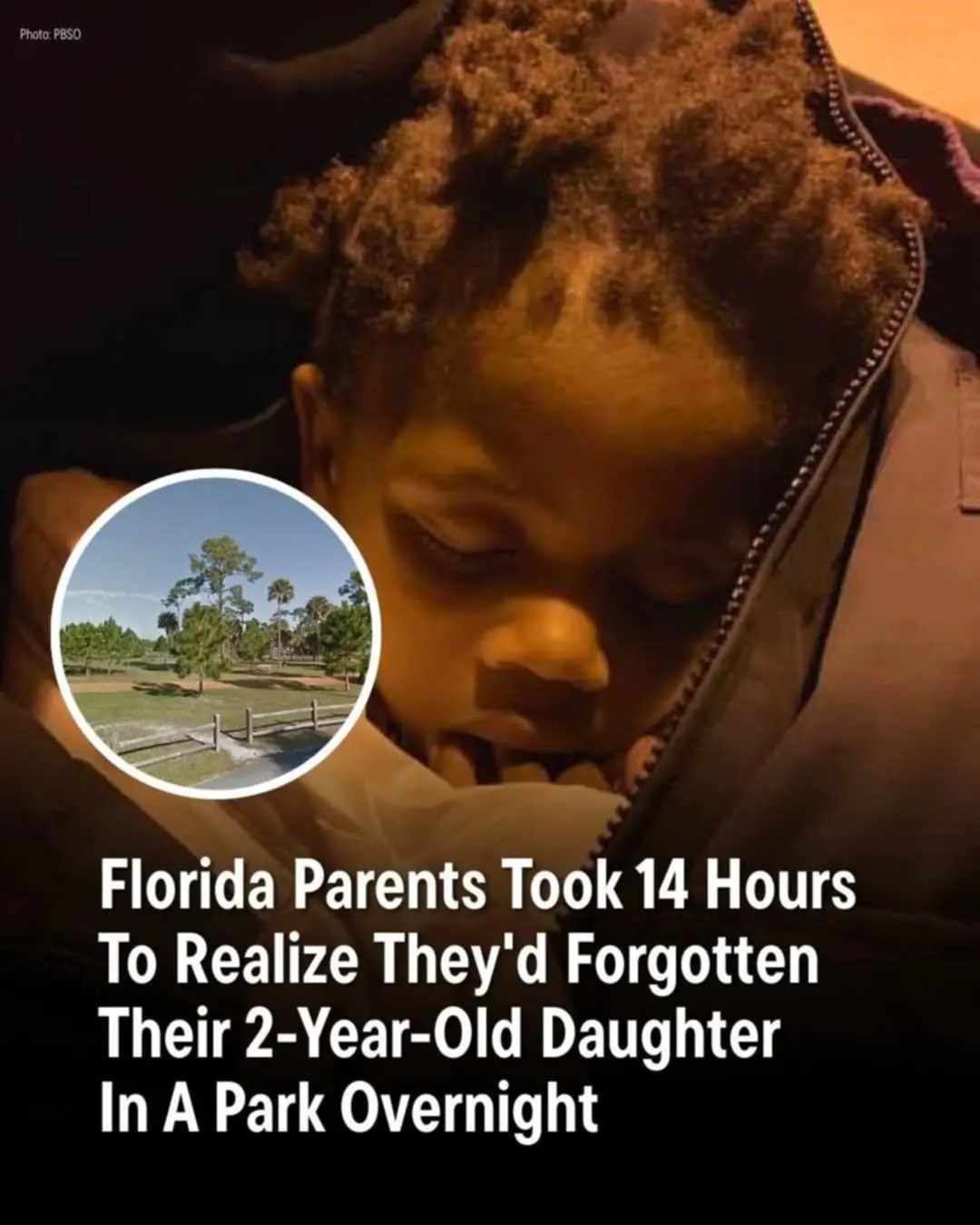
Parents in Florida left their 2-year-old daughter at a park overnight and didn’t realize she was missing for 14 hours.

Willie Nelson’s Hand-Crafted Log Cabin Sold For $2.14 Million, But Wait Till You See It Inside

The world’s oldest woman, who lived to 117, ate the same meal every day throughout her life

Tesla Faces $10 Billion Repair Bill After Major Defect Found in 4 Million Vehicles

Stop Throwing Out Silica Gel Packets

This SUV’s Back Window Message Sparks Powerful Reactions!

Zookeepers Stand By as Chimp Drowns—Until a Brave Truck Driver Leaps Into Action

Prince Andrew and Jeffrey Epstein accuser Virginia Giuffre dies on family farm in Western Australia

The Surprising Truth Behind Why We Cross Our Legs — It’s More Than Comfort

The Moon, Venus, and Saturn Will Form a 'Smiley Face' Alignment This Week—Here's How to See It

The holy relics inside Pope Francis’ casket

Man Releases Chilling Never Seen Before Footage of Twin Tower Collapse
News Post

Man Who Predicted Covid Outbreak Reveals Chilling Warning About New Emerging Crisis

Say Goodbye to Varicose Veins and Heavy Legs with Just This: Pure Aloe Vera Leaf – 100% Effective 🌿

Pumpkin Seeds: A Natural Remedy for Bladder and Prostate Health

Brow Boosting Serum For Thick Eyebrows

THE MOST POWERFUL HERB YOU SHOULD KNOW ABOUT 🌿

Best Hair Growth Oil
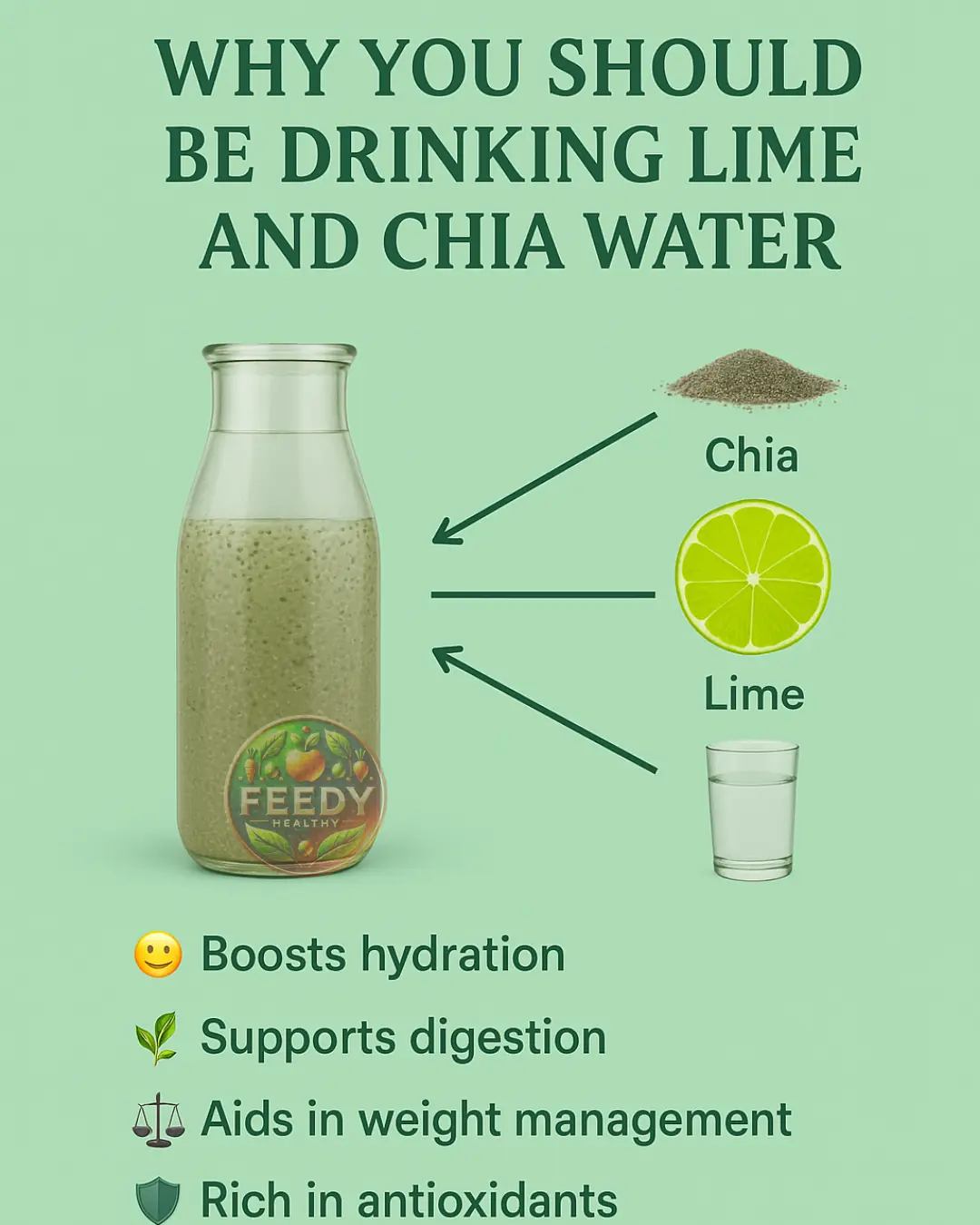
Why You Should Be Drinking Lime and Chia Water

Red Onion and Ginger: A Powerful Natural Combo for Better Health

The DIY anti-ageing cream that is very effective to get rid of wrinkles and fine lines on your face

Avery Koonce: A Bright Star Taken Too Soon

A police officer discovered a little kitten, but when he checked the security footage, his smile faded

Grandma reveals what she looked like before full body tattoos

Saying ‘please’ and ‘thank you’ to ChatGPT is costing millions of dollars

Glowing Skin Formula – Vaseline + Vitamin E

HE CRAWLED INTO MY LAP MID-FLIGHT—AND NO ONE CAME TO CLAIM HIM

Jon Bon Jovi reveals how his 36-year marriage to childhood sweetheart Dorothea has stood the test of time
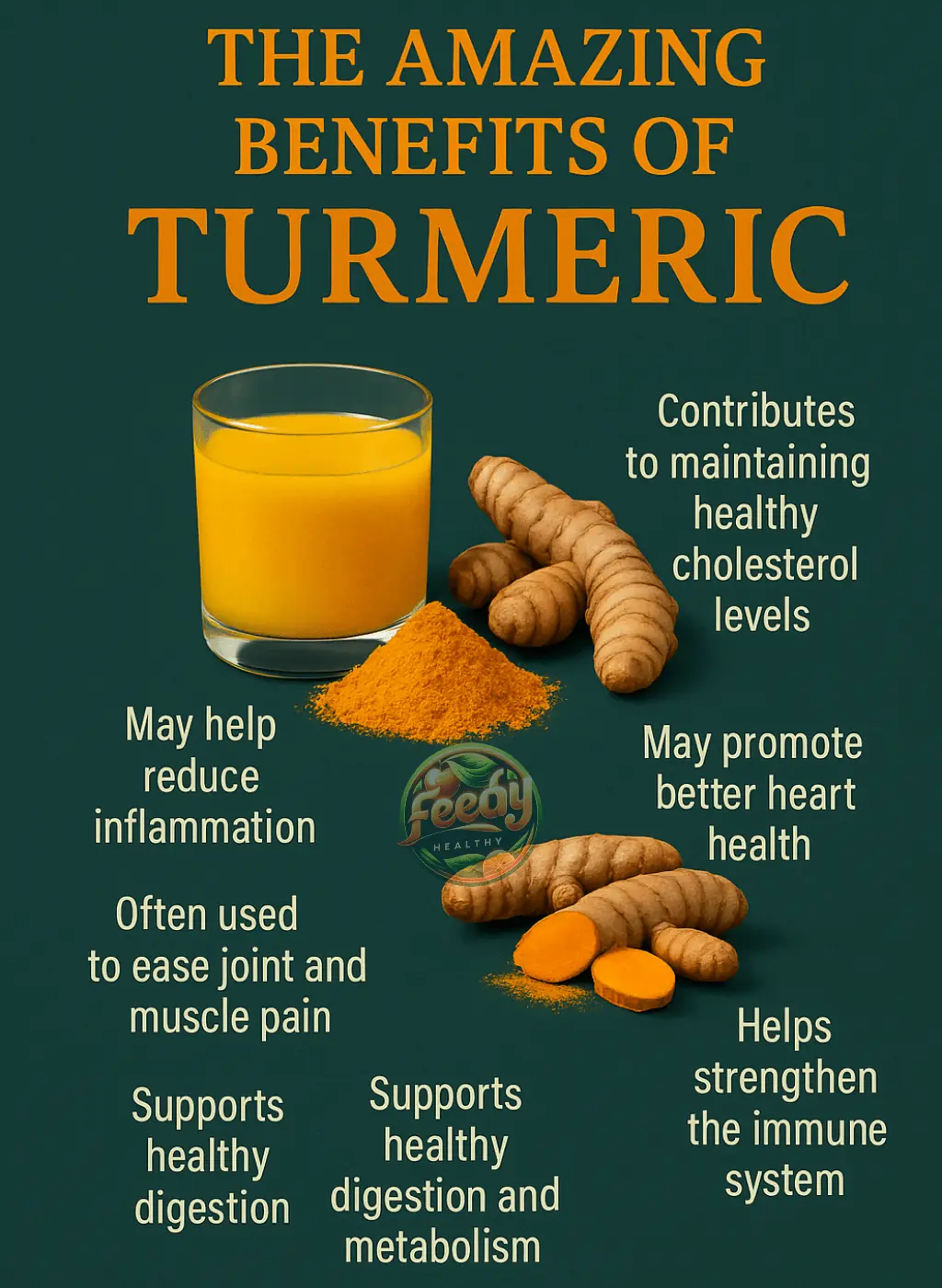
The Amazing Benefits of Turmeric 🌿✨

The Truth Behind ‘Durex’: What Its Name Actually Stands For Has Left People Stunned
